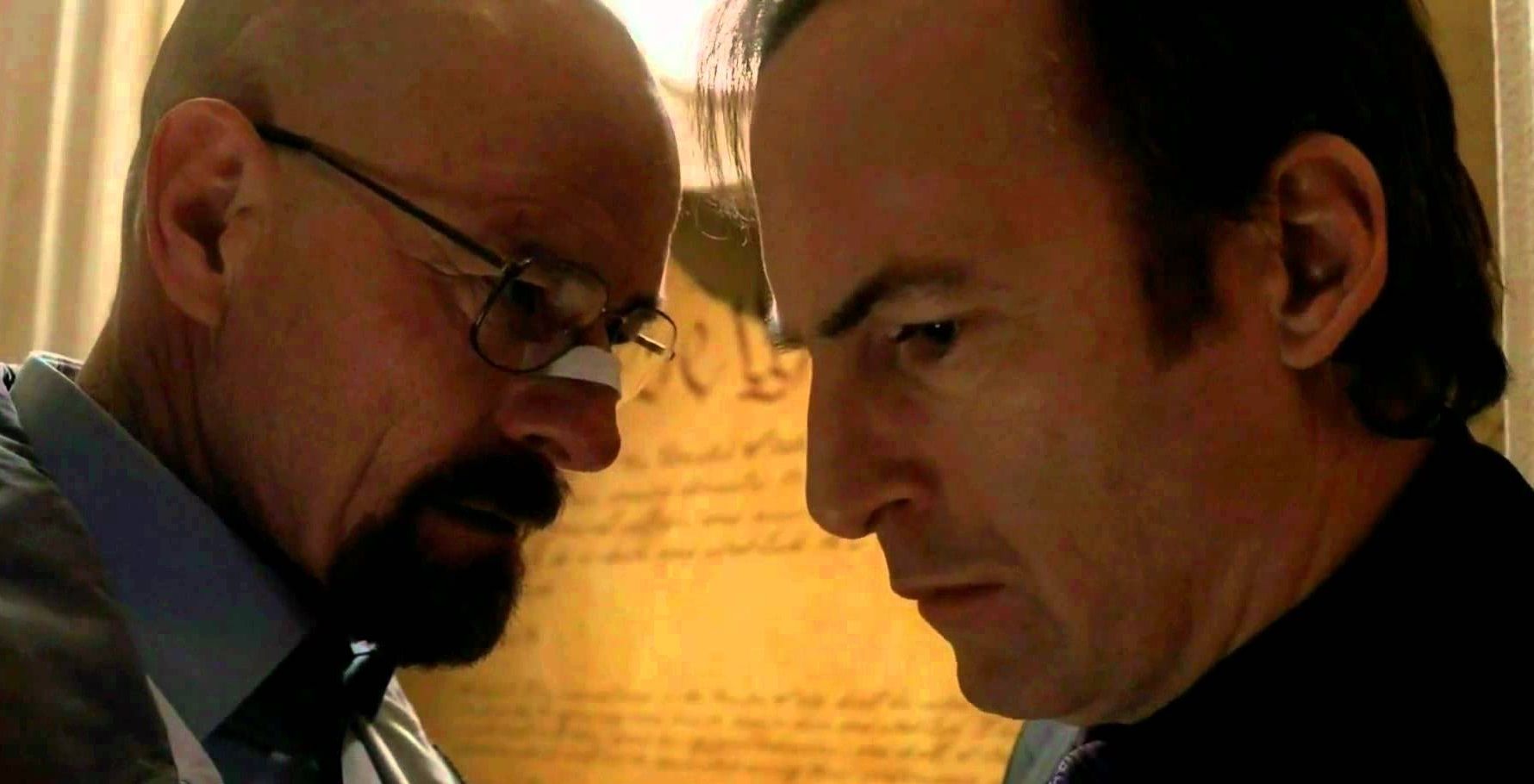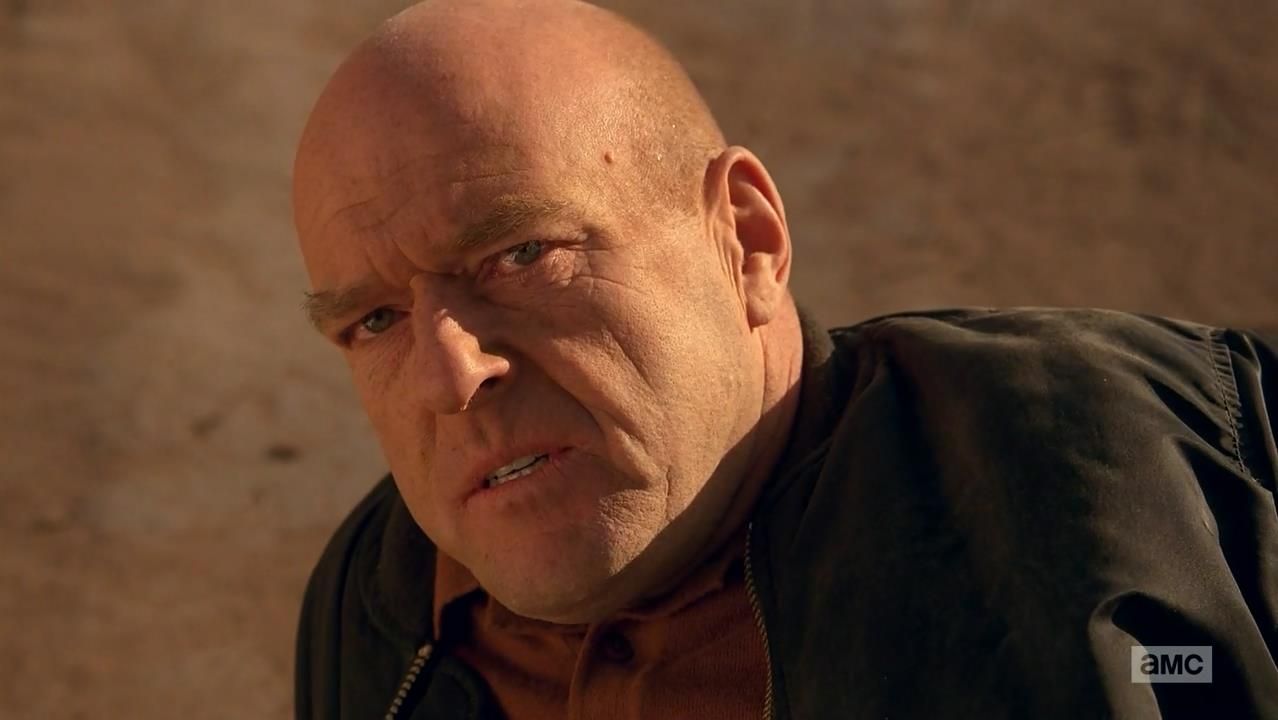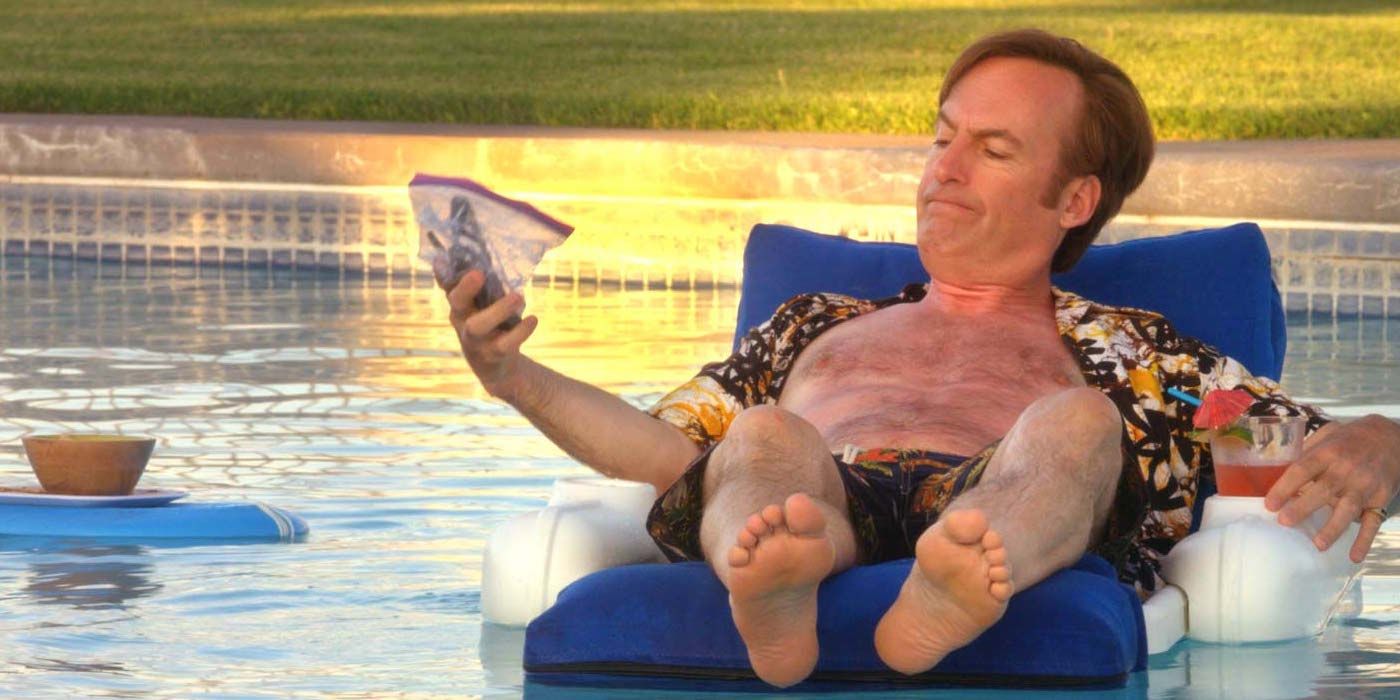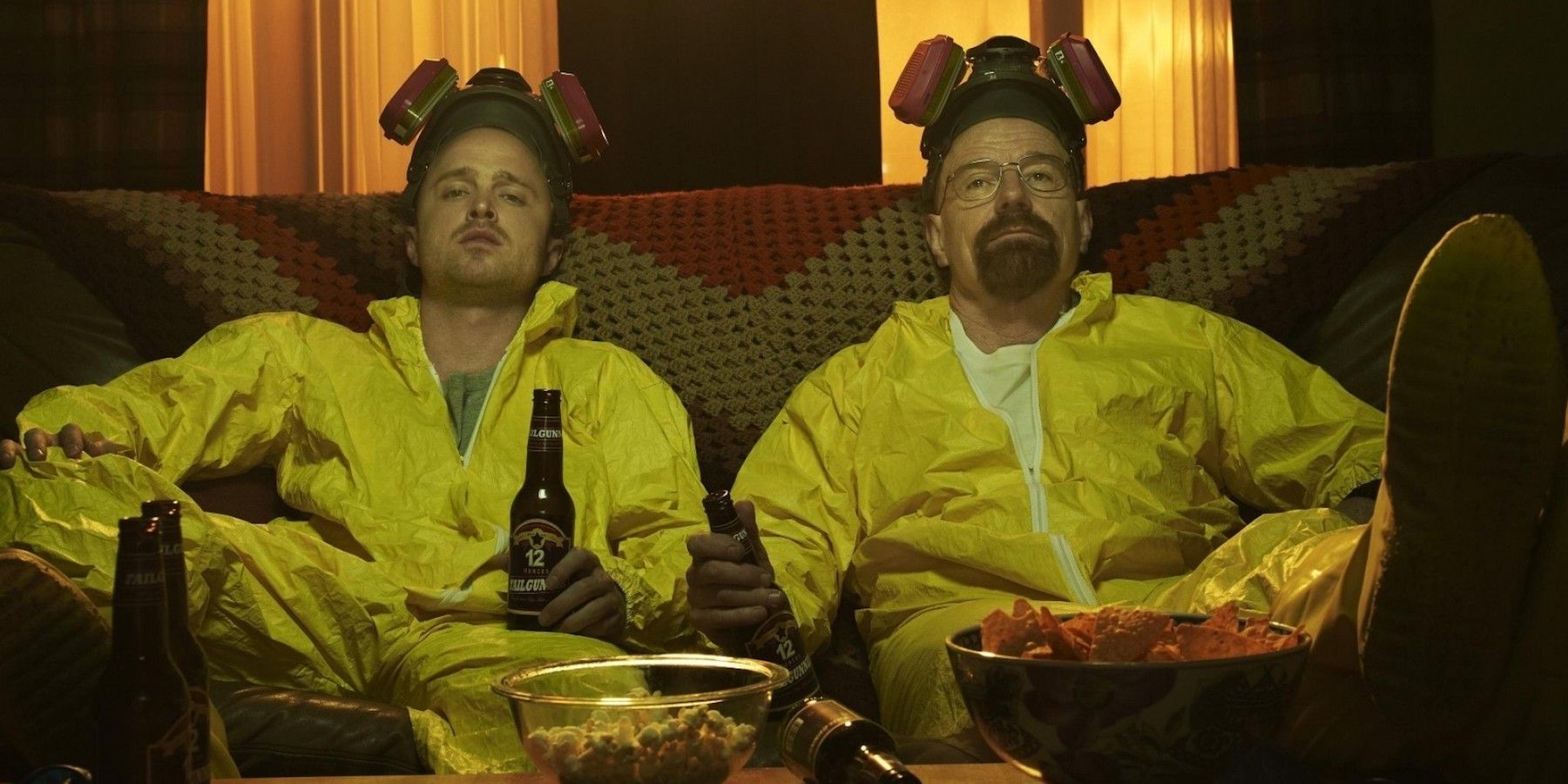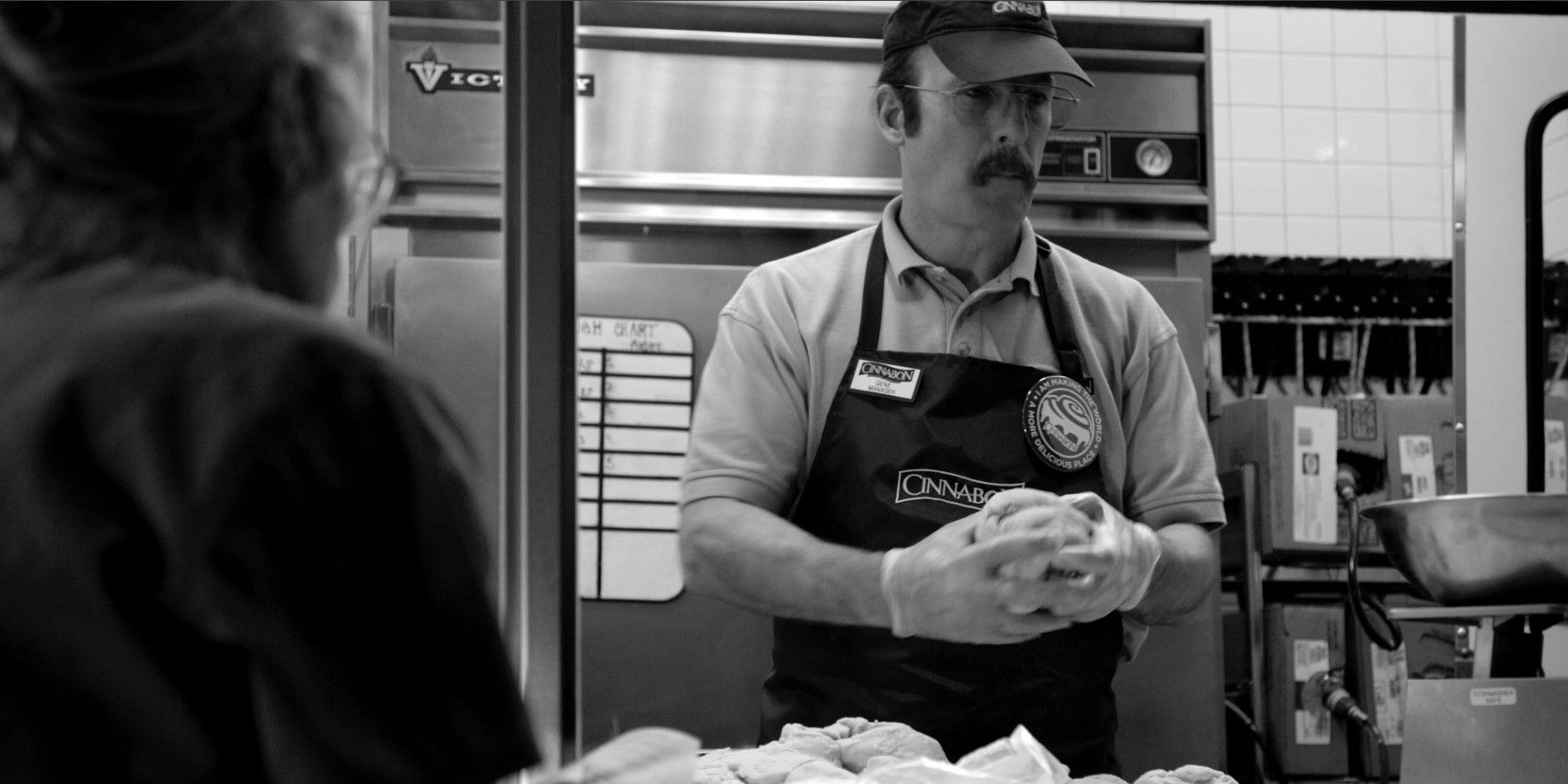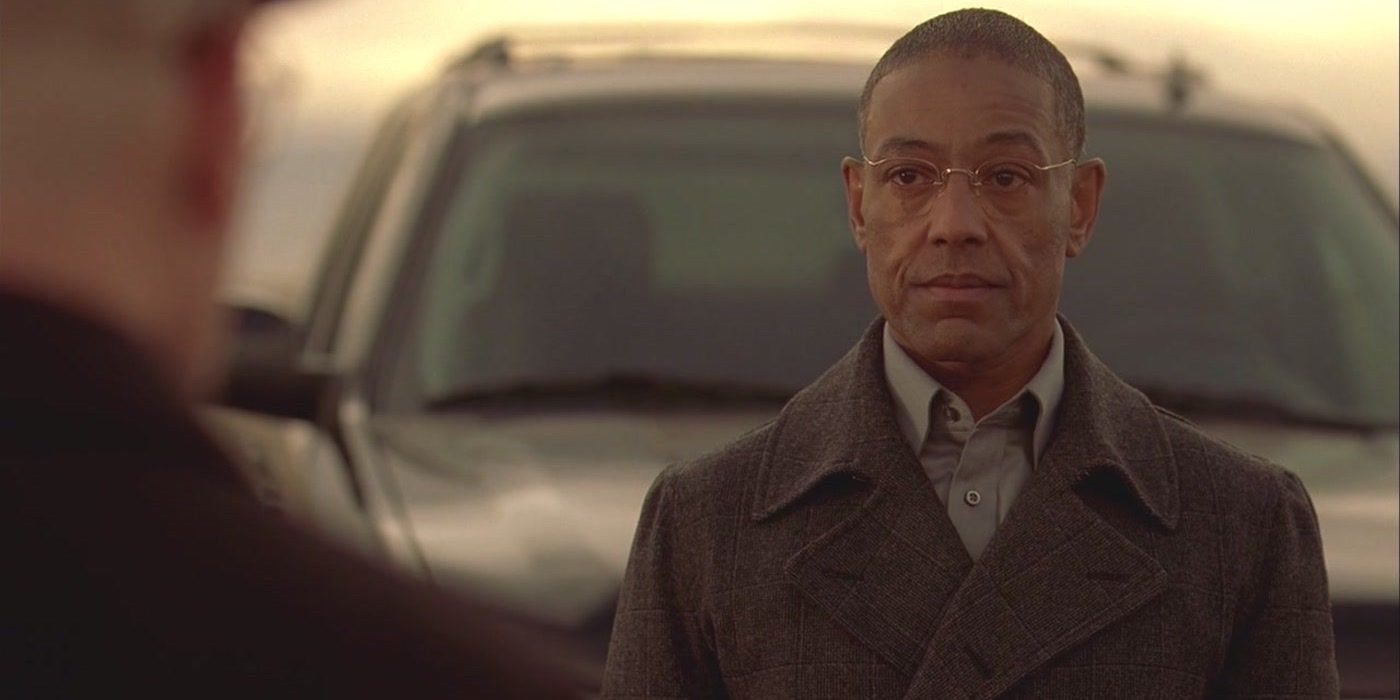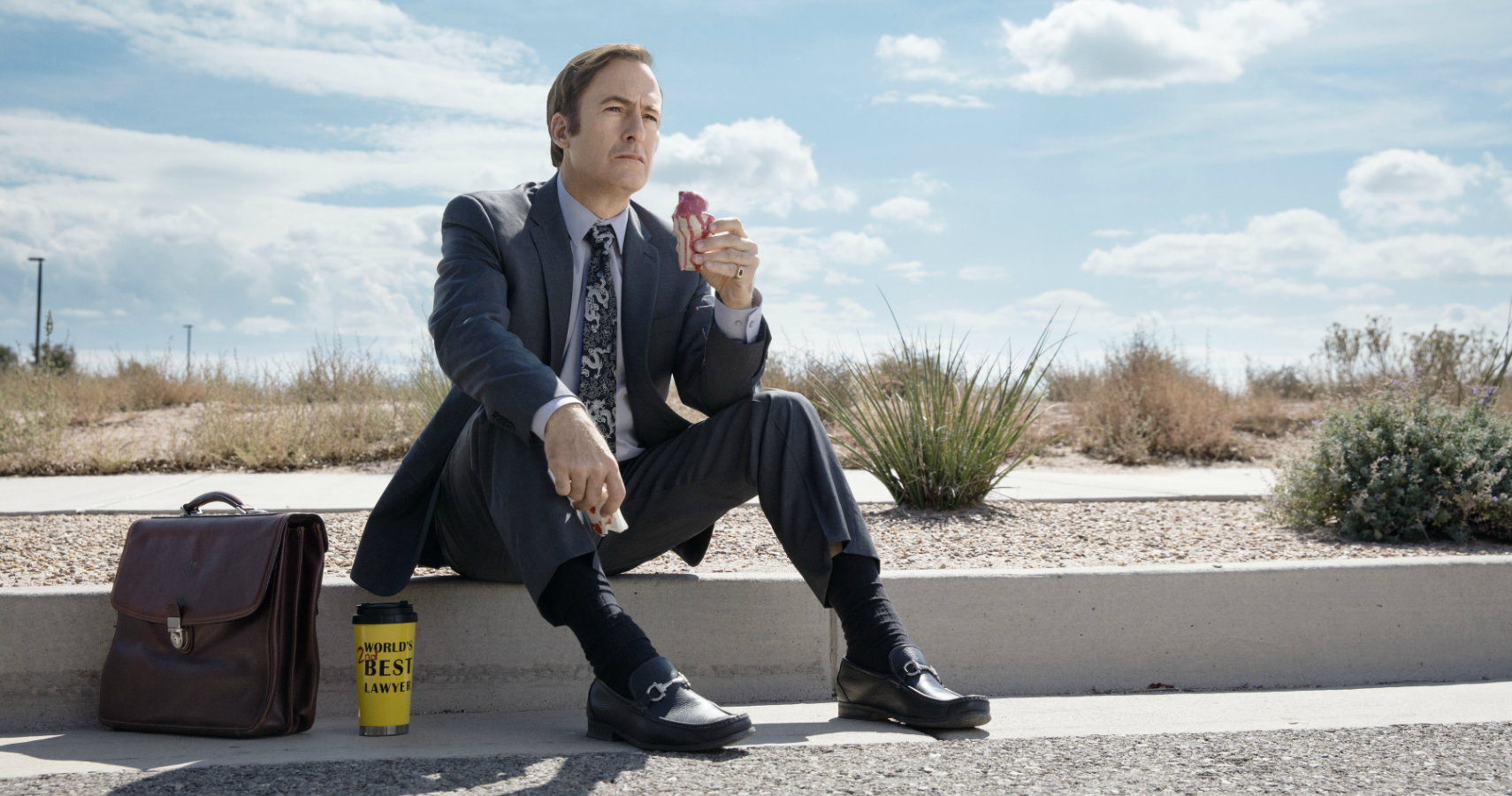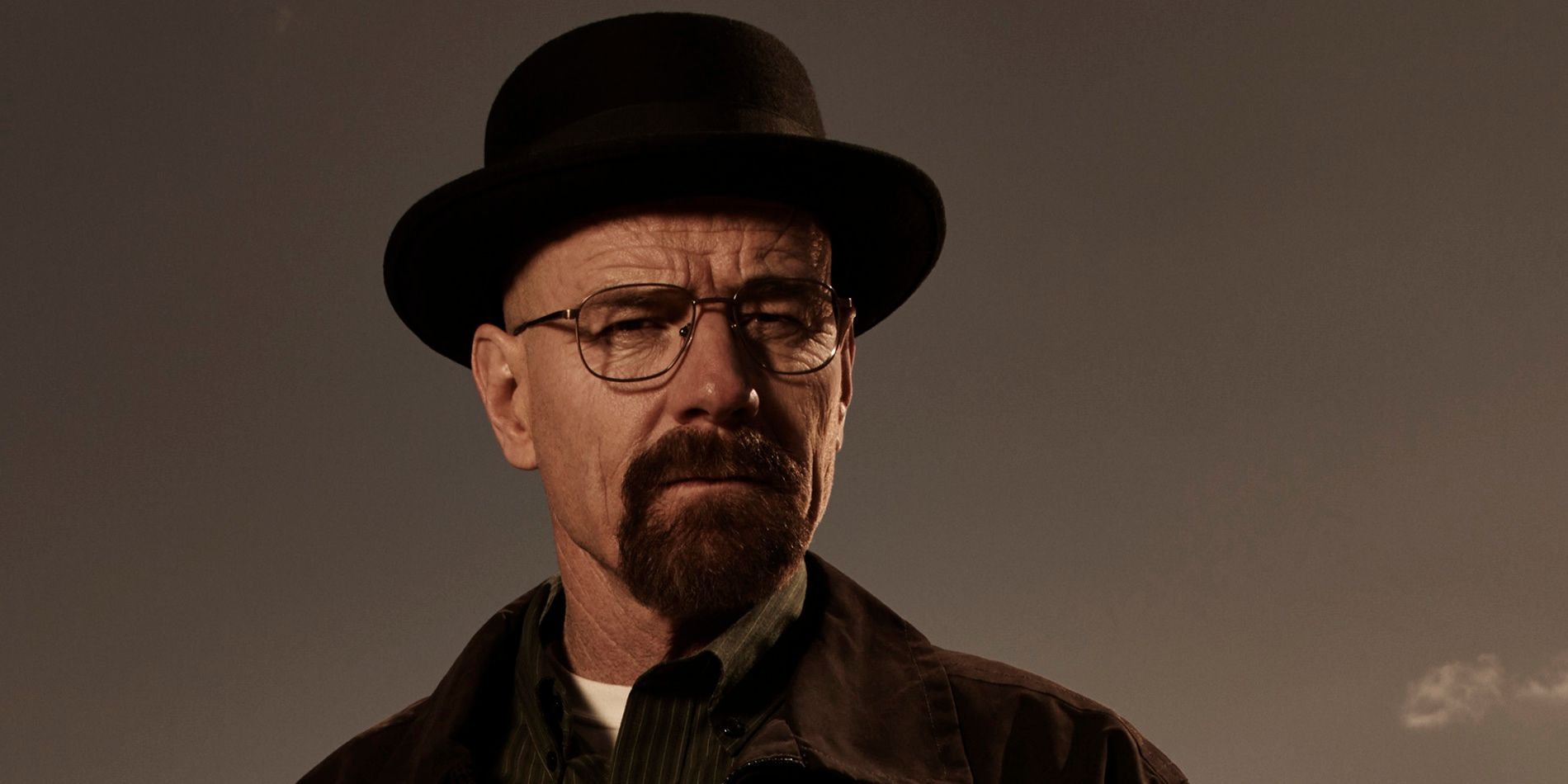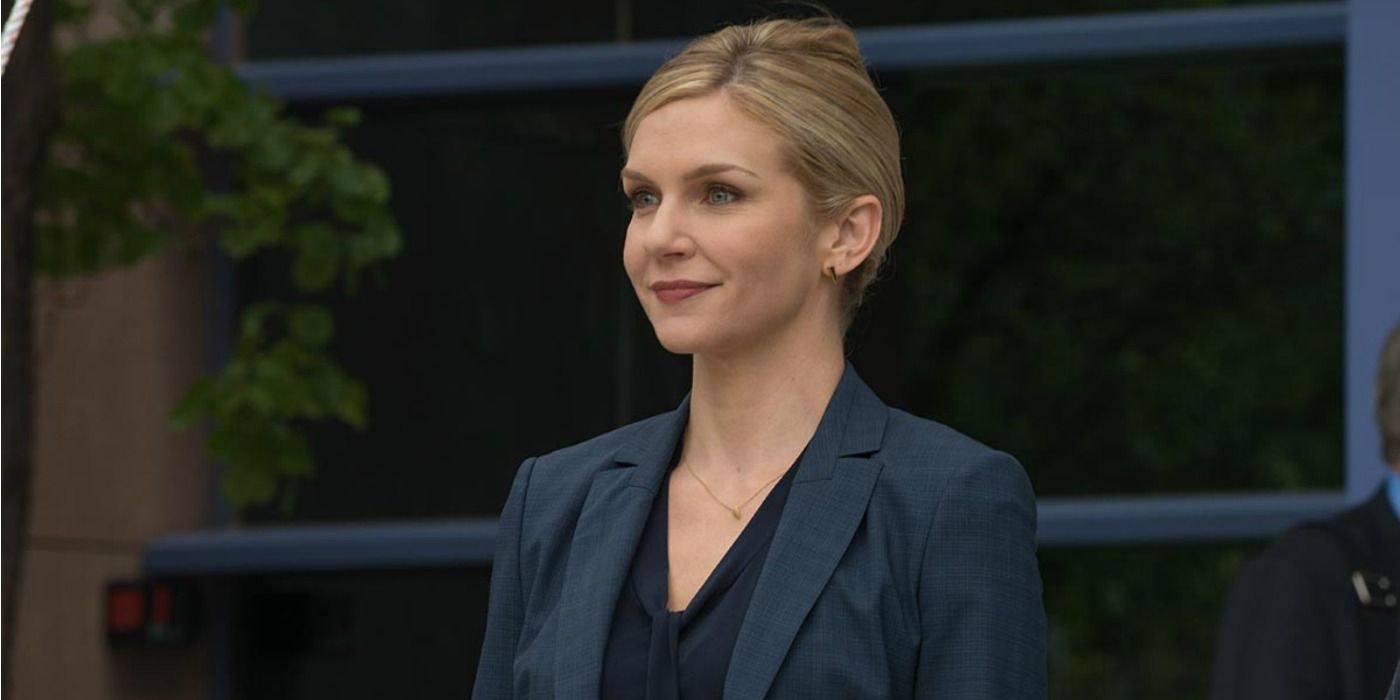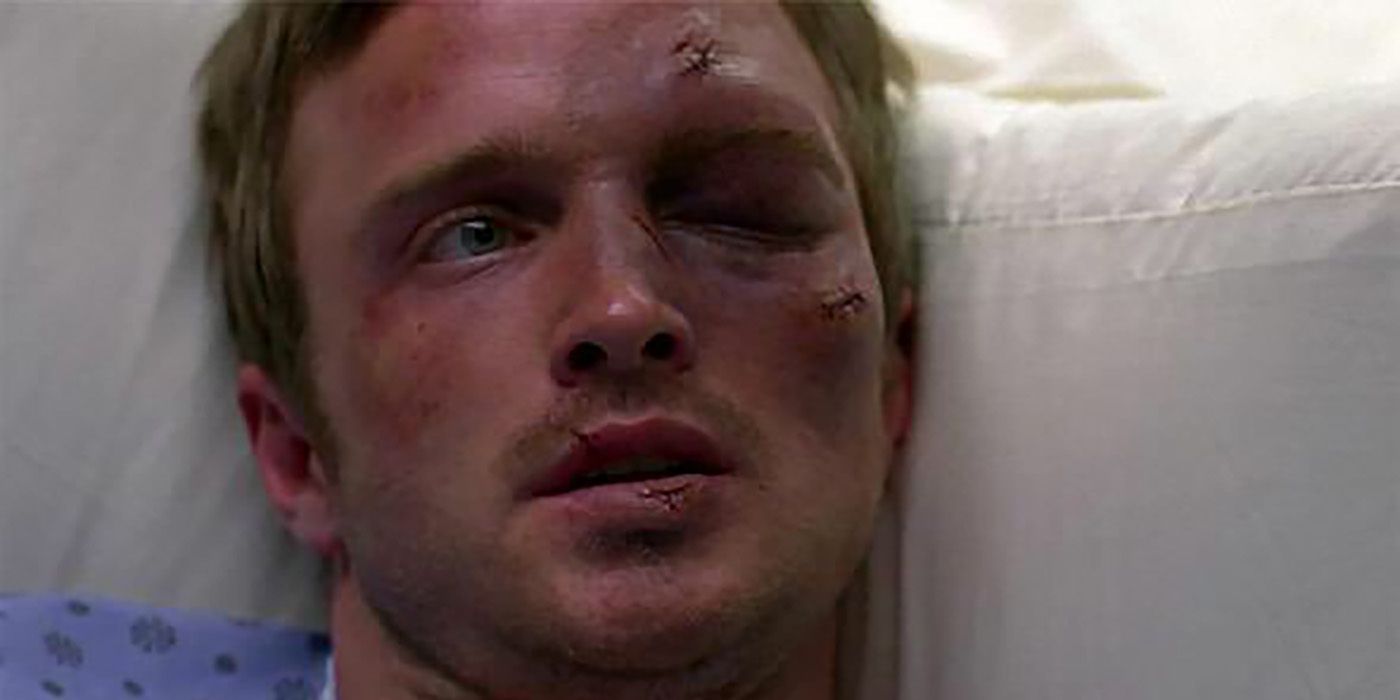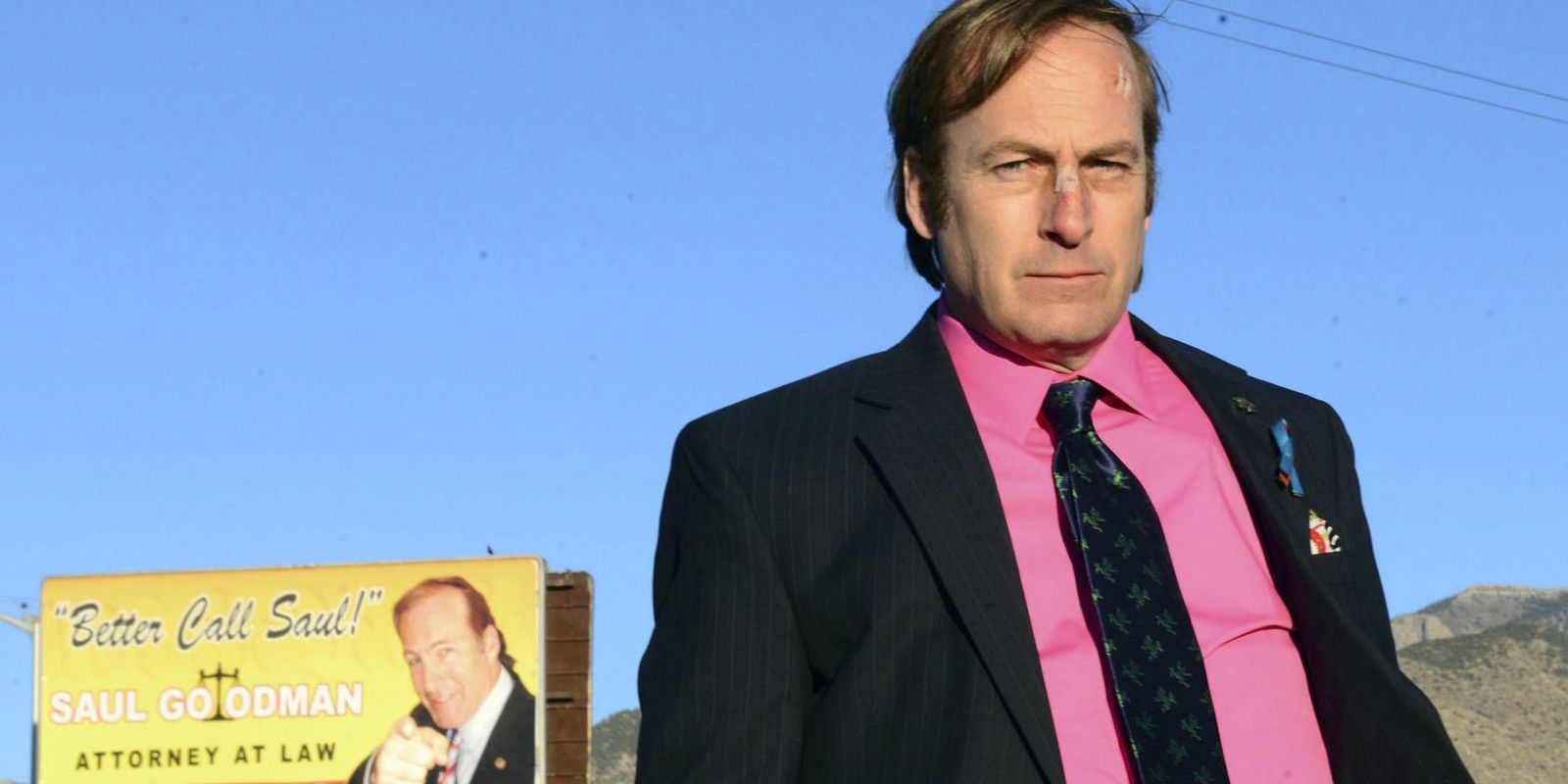Unlike most TV spin-offs, Better Call Saul is a terrific series in its own right. In fact, it’s so incredible that it has inspired debate among fans about whether or not it might actually be better than its predecessor, Breaking Bad.
RELATED: Better Caul Saul Needs To End In The Future (After Breaking Bad)
The two shows have a very similar style, thanks to the hands-on commitment from creator Vince Gilligan, and they both tell the story of an ordinary guy who is corrupted by a life of crime. But there’s also a lot of things they do differently. So, here are five things that Breaking Bad still does better than Better Call Saul (and five it did worse).
10. Better: Pacing
Better Call Saul moves at an incredibly slow pace. This gives the actors plenty of opportunities to explore the nuances of their characters, but every moment of action or plot development has entire episodes full of build-up followed by entire episodes focusing on the aftermath.
The rise and fall of tension and suspense takes way longer than in Breaking Bad. That show, on the other hand, moved at a breakneck pace through its five seasons. Walt let a woman die to protect his own interests by season 2. He ran over a bunch of drug dealers with his car in season 3.
9. Worse: Humor
Both Breaking Bad and Better Call Saul can be categorized as black comedies, and both have a dark sense of humor. However, given that Better Call Saul is a show about the funniest character from Breaking Bad, that’s the show with the better comedic moments.
RELATED: The 10 Funniest Shows on Netflix to Stream Right Now
No one can deny that Bryan Cranston is a brilliant actor; it’s just that he’s not a comedian. Bob Odenkirk’s background is specifically in comedy, having starred in HBO's Mr. Show with David Cross in the ‘90s and directed a couple of comedy movies, so his delivery of the comic lines and reactions are even better.
8. Better: Partnership
The partnership at the center of Breaking Bad is Walt and Jesse, while the partnership at the center of Better Call Saul is arguably Saul and Mike. In both shows, these are the two main characters who work together, yet aren’t necessarily friends, and when they’re not working together, we see what they’re both getting up to without each other.
Walt and Jesse are easily the strongest pair. They developed a kind of father-son relationship and Walt showed that he gradually cared less and less about Jesse, being responsible for most of the tragedy in his life. Bob Odenkirk and Jonathan Banks are both unbelievably talented actors, but they don’t have the gripping chemistry of Bryan Cranston and Aaron Paul. One look between those two actors would tell you everything you needed to know.
7. Worse: Building up to the endgame
Both Breaking Bad and Better Call Saul begin by setting up an ending. Better Call Saul does this more overtly by being a prequel and opening with a flash-forward set after the Breaking Bad series finale. But Breaking Bad also begins with Walt being diagnosed with cancer and determining he needs to make $747,000 selling crystal meth for his family to be financially secure when he dies. And don’t forget that it also used flash-forwards a lot.
RELATED: What To Expect In Better Call Saul Season 5
We get a very clear idea of where these shows are headed. But, perhaps only by virtue of being a prequel, Better Call Saul builds up to its endgame in a stronger way. Knowing the ending somehow makes for a better story, because the writers are playing into that.
6. Better: Characterizing Gus Fring
Gus Fring as we see him in Better Call Saul is very similar to the Gus Fring we saw in Breaking Bad. He’s a drug lord who owns a fried chicken restaurant chain as a front and is a pillar of the community. However, in the original show, he was a much more fearsome villain than he is now.
He literally threatened to kill Walt’s whole family, including the baby. And we all remember the namesake moment from the “Box Cutter” episode. On the other hand, in Better Call Saul, he hasn’t done anything particularly scary or intimidating.
5. Worse: Cinematography
The cinematography in Breaking Bad is far more interesting and outside-the-box than most other TV dramas. They had plenty of trick David Fincher shots taken from inside objects like refrigerators and garbage cans. But the cinematography in Better Call Saul is next-level stuff.
God knows how that crew manages to make every shot so inventive and gorgeous when they only have a year to shoot ten hours of television, but they do it. Better Call Saul has the incredible vistas of a desert-set film masterpiece like No Country for Old Men and the striking visuals of a crime saga like Fargo (Roger Deakins and the Coen brothers are a clear reference point for the team). It’s phenomenal.
4. Better: Pilot episode
Breaking Bad had one of the greatest pilots of all time, setting up the show’s premise and characters in an engaging way. The pilot of Better Call Saul, meanwhile, felt more like a sitcom (and a series of Easter eggs).
RELATED: Breaking Bad Creator Reveals Biggest Regret About the Show
The comparison isn’t really fair. The pilot episode of Breaking Bad had to hook in viewers who had never seen these characters or this world before. It was a brand-new story. Meanwhile, the pilot of Better Call Saul had its series order secured, thanks to its established brand and familiar characters. Still, one episode is better than the other – that can’t be denied.
3. Worse: Female lead
Skyler White was famously one of the most hated characters on TV, but going further than that, her relationship with Walt and his crimes didn’t feel as realistic or sympathetic as that of Kim Wexler in Better Call Saul. Skyler was totally unaware of Walt’s drug business and then, when she was, she teetered between scorning him and getting involved.
Kim, meanwhile, is aware of Jimmy’s various scams and schemes and is deeply conflicted over them. She knows he gets up to illicit stuff and she’s torn between simply ignoring it and trying to change him. Anna Gunn is a great actress, but Rhea Seehorn is the stronger female lead of the two shows.
2. Better: Stakes
The stakes of the story in Better Call Saul don’t even compare to those in Breaking Bad. In Breaking Bad, axe-wielding assassins were out to kill a whole family, planes were falling out of the sky, a guy was dying of cancer, a meth kingpin was having barbecues with a DEA agent, there was a great train robbery involving Nazis – the list goes on.
Meanwhile, in Better Call Saul, Kim struggles to get respect at work, Jimmy has standard money troubles, and Chuck thinks he’s allergic to electricity. The stakes in the spin-off are nowhere near as high as those in the original series.
1. Worse: The lead character’s transformation
Both Breaking Bad and Better Call Saul are about men whose circumstances drive them into a life of crime and become corrupted by that. They transform into completely different people. Vince Gilligan always said that he wanted Breaking Bad to be the story of Mr. Chips turning into Scarface.
Better Call Saul, meanwhile, is about Jimmy McGill turning into Saul Goodman. While Walter White’s transformation was marked by a series of moments peppered throughout the episodes – he lets Jane die, he proclaims he’s the one who knocks, he gets a bunch of people killed in prison etc. – Jimmy’s is much subtler and more gradual.

